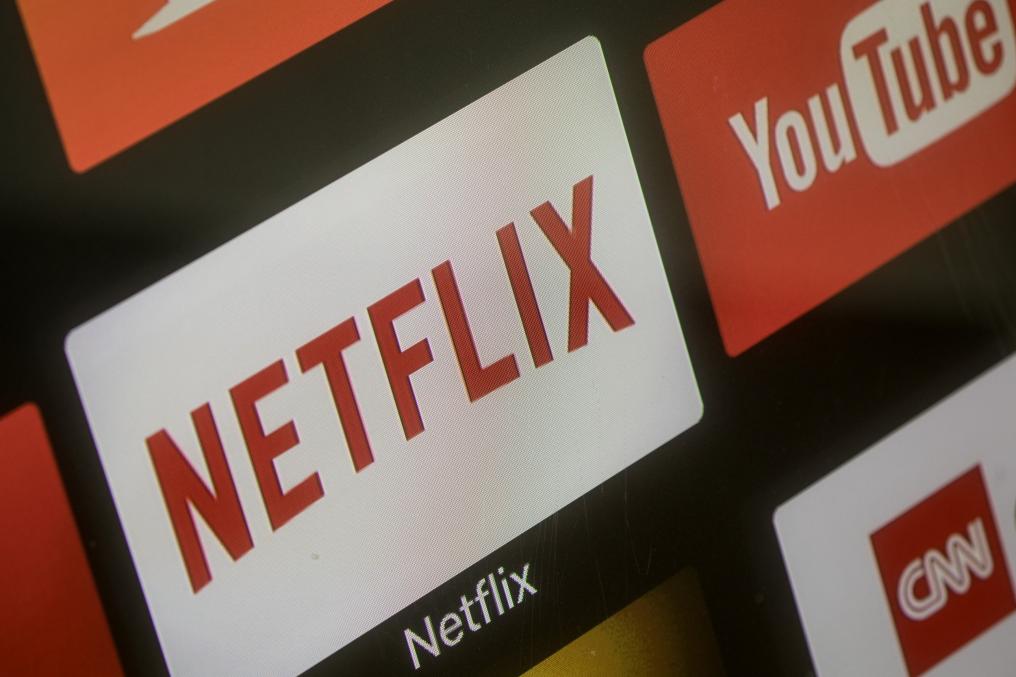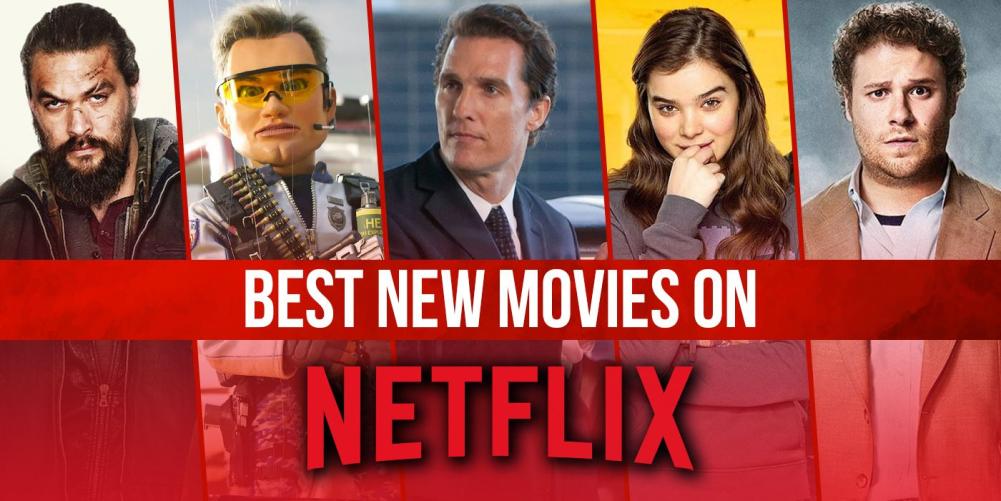What Are the Different Types of Video Streaming Services?
In today's digital landscape, video streaming services have revolutionized the way we consume entertainment. With a vast array of platforms and content options, choosing the right streaming service can be a daunting task. This comprehensive guide delves into the different types of video streaming services, their key features, advantages, and disadvantages, empowering you to make an informed decision based on your individual needs and preferences.

I. Types Of Video Streaming Services
1. Subscription Video-on-Demand (SVOD) Services
SVOD services operate on a subscription-based model, offering access to a vast library of movies, TV shows, and other video content for a monthly fee. These services typically provide high-quality content, personalized recommendations, and the ability to download content for offline viewing.
Examples: Netflix, Amazon Prime Video, Hulu Advantages:- Large content library with a wide variety of movies and TV shows
- High-quality content with stunning visuals and immersive audio
- Personalized recommendations based on viewing history and preferences
- Ability to download content for offline viewing
- Monthly subscription fee can add up over time
- Limited content availability due to licensing restrictions
2. Advertising-Based Video-on-Demand (AVOD) Services
AVOD services offer free access to a wide range of video content, supported by advertisements. These services typically have a smaller content library compared to SVOD services, and the video quality may be lower. However, AVOD services provide an excellent option for those looking for a budget-friendly streaming experience.
Examples: YouTube, Pluto TV, Tubi Advantages:- Free to use with no subscription fees
- Wide variety of content, including movies, TV shows, and user-generated content
- Easy access with no need for a subscription or account creation
- Advertisements can be intrusive and disrupt the viewing experience
- Limited content availability compared to SVOD services
- Lower video quality due to ad-supported model
3. Live Streaming Services

Live streaming services allow users to watch live events, such as sports games, concerts, and news broadcasts, in real-time. These services often offer interactive features, such as chat and polling, enabling viewers to engage with the content and other users.
Examples: Twitch, YouTube Live, Facebook Live Advantages:- Real-time access to live events and broadcasts
- Interactive features, such as chat and polling, foster community engagement
- Ability to watch live events from anywhere with an internet connection
- Limited content availability compared to VOD services
- Technical requirements, such as a stable internet connection and compatible devices
- Potential for latency and buffering issues
4. Transactional Video-on-Demand (TVOD) Services
TVOD services allow users to rent or purchase individual movies and TV shows on a pay-per-view basis. This model provides flexibility in content selection and eliminates the need for a monthly subscription. However, TVOD services typically charge a higher price per movie or TV show compared to SVOD services.
Examples: iTunes, Google Play Movies, Amazon Video Store Advantages:- Pay-per-view model allows for flexibility in content selection
- No monthly subscription fees
- Ability to own digital copies of movies and TV shows
- Higher cost per movie or TV show compared to SVOD services
- Limited rental period for rented content
5. Hybrid Video Streaming Services

Hybrid streaming services combine elements of SVOD and AVOD models. These services offer a subscription-based model with access to a large content library, while also incorporating advertisements on some platforms. Hybrid services often provide a more diverse content library compared to traditional SVOD services.
Examples: Disney+, HBO Max, Peacock Advantages:- Combination of SVOD and AVOD models offers a diverse content library
- Access to exclusive content and original programming
- Ability to download content for offline viewing (on some platforms)
- Monthly subscription fee, although lower than traditional SVOD services
- Advertisements on some platforms can disrupt the viewing experience
II. Factors To Consider When Choosing A Video Streaming Service
Selecting the right video streaming service depends on several factors, including content library, cost, device compatibility, and user interface. Here are some key considerations to keep in mind:
1. Content Library
Assess the variety and depth of movies, TV shows, and other content offered by the streaming service. Consider whether the service has exclusive content and original programming that aligns with your interests.
2. Cost
Compare the monthly subscription fees or pay-per-view options offered by different services. Consider additional costs, such as rental or purchase fees for individual movies and TV shows.
3. Device Compatibility
Ensure that the streaming service is compatible with your preferred devices, such as smart TVs, streaming devices, and mobile devices. Check if the service offers offline viewing capabilities for added convenience.
4. User Interface And Navigation
Evaluate the user interface and navigation of the streaming service. Consider factors such as ease of use, intuitiveness, and the availability of features like personalized recommendations and parental controls.
With the plethora of video streaming services available, choosing the right one can be a daunting task. By understanding the different types of streaming services, their key features, advantages, and disadvantages, you can make an informed decision based on your individual needs and preferences. Whether you prefer a vast content library, a budget-friendly option, or the excitement of live events, there is a streaming service that caters to your unique entertainment desires.
YesNo

Leave a Reply